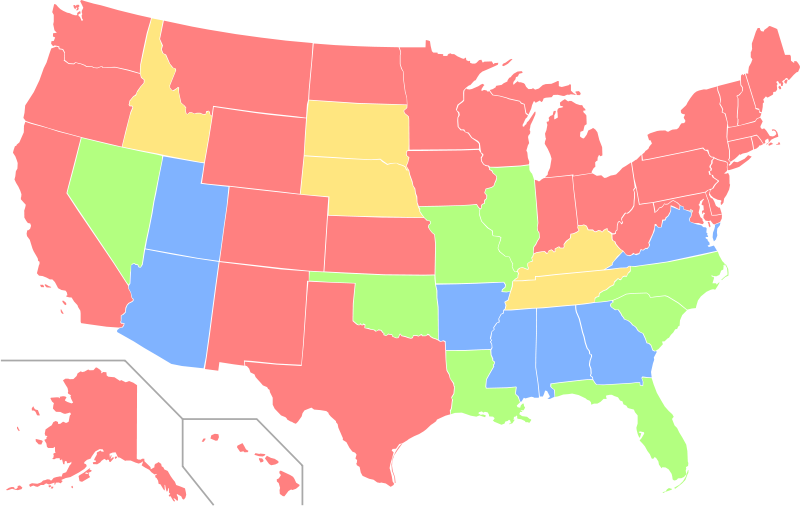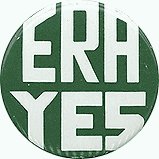1967
The National Organization for Women (NOW), a recently founded feminist group, pledges to fight tirelessly for the ratification of the ERA.
- February: Twenty NOW leaders disrupt hearings of the U.S. Senate Subcommittee on Constitutional Amendments, demanding the ERA be heard by the full Congress.
- May: The Senate Subcommittee begins hearings on the ERA under Senator Birch Bayh.
- June: The ERA finally leaves the House Judiciary Committee due to a discharge petition filed by Representative Martha Griffiths.
The ERA is approved without amendments by the U.S. House of Representatives in a vote of 354-24. The National Education Association and the United Auto Workers vote at their annual conventions to endorse the ERA.
March 22: The Equal Rights Amendment is approved by the full Senate without changes – 84-8. Senator Sam Ervin and Representative Emanuel Celler succeed in setting an arbitrary time limit of seven years for ratification.
The newly founded National Conference for Puerto Rican Women endorses the ERA, and the League of Women Voters agrees to support it after years of opposition.
Phyllis Schafly establishes the National Committee to Stop ERA.
The ERA wins a powerful ally when the AFL-CIO votes to endorse it in 1973.
Pressure from anti-ERA, right-wing groups begins to surface in state legislatures. Indiana becomes the thirty-fifth state to ratify in 1977. NOW chapters in unratified states are succeeding in electing pro-ERA candidates. But instances of “turncoat voting” on the ERA are also surfacing.
At the first congressionally funded National Women’s Conference in Houston, Texas, 2,000 delegates from every state call for ratification of the ERA.
- February: NOW publicizes the ERA boycott of unratified states and gathers even more support for the Amendment. The number of pro-ERA groups grows to more that 450, representing more than 50 million Americans.
- March: NOW seeks an extension of the deadline for ERA ratification with the argument that the Constitution imposes no time limit for ratification of amendments. Further, the seven year provision of ERA is not a part of the text of the amendment, but rather is only in the resolving clause. Congress has the power to establish and change the time limit.
- July 9: Alice Paul, ERA author, dies at age 92
- October: Representative Elizabeth Holtzman introduces a bill calling for an extension of the ERA deadline which had been March 22, 1979.
- February: The NOW National Board declares a State of Emergency on the ERA. It pledges full resources to winning the deadline extension and to ongoing ratification campaigns.
- February-March: Missouri files suit on antitrust grounds against NOW, claiming it violated the Sherman Antitrust Act by urging groups to boycott unratified states and hold conventions only in ratified states.
- July 9: NOW organizes ERA Extension March of 100,000-plus supporters in Washington, D.C. This March for Equality is the largest in feminist history.
- August 15: After intense lobbying by a united women’s rights coalition, the U.S. House of Representatives approves the ERA deadline extension, 233-189.
- October 6: The U.S. Senate joins the House and approves extension by a vote of 60-36. A new deadline of June 30, 1982 is set.

Above is a map detailing which states have ratified the ERA.
Pink states have ratified
Yellow states ratified, but then rescinded
Green states have not ratified, but were approved by one house of legislature
Blue states haven’t ratified.
